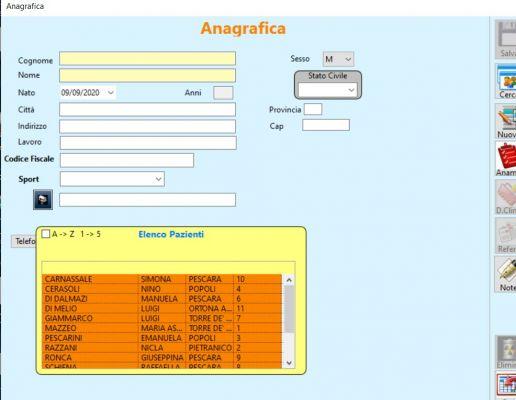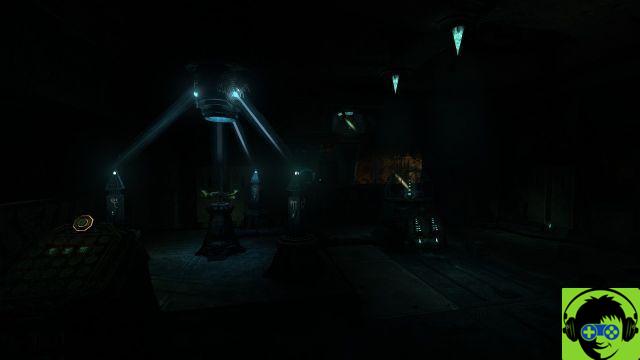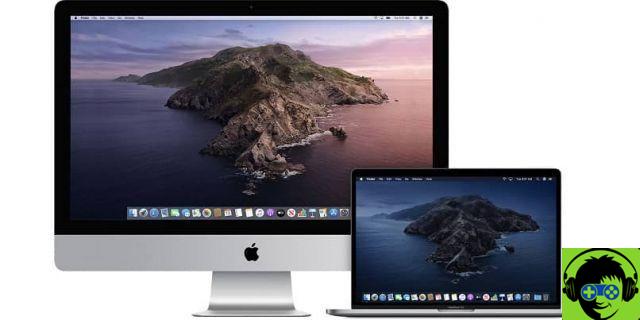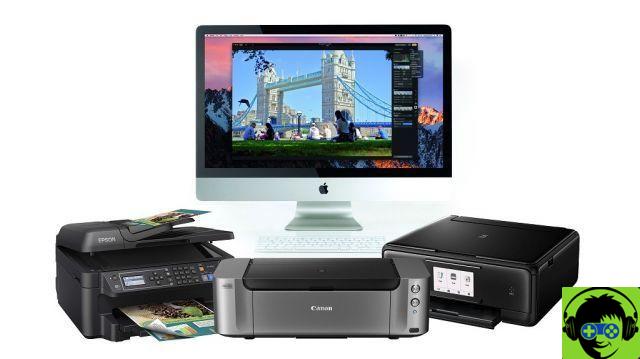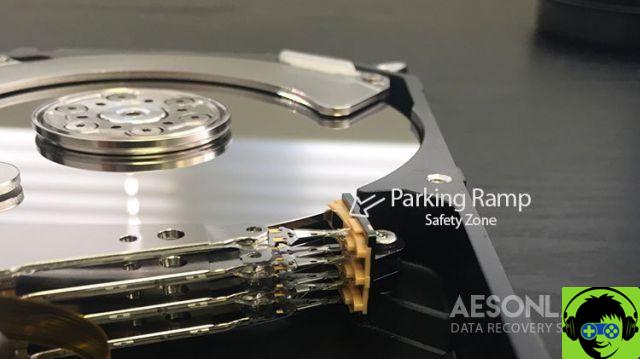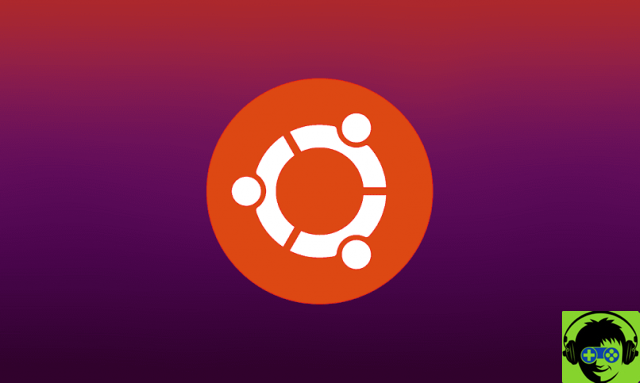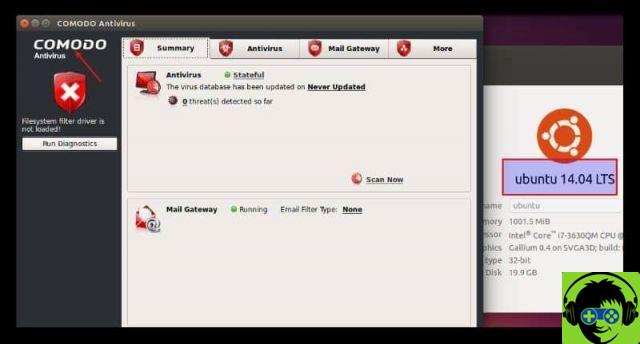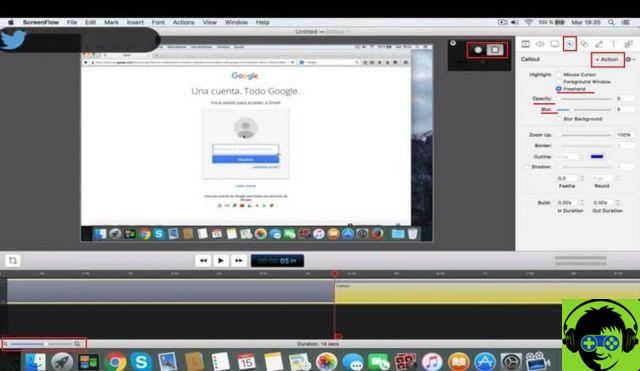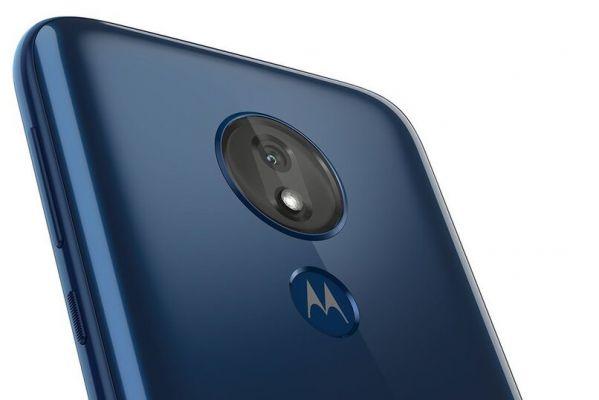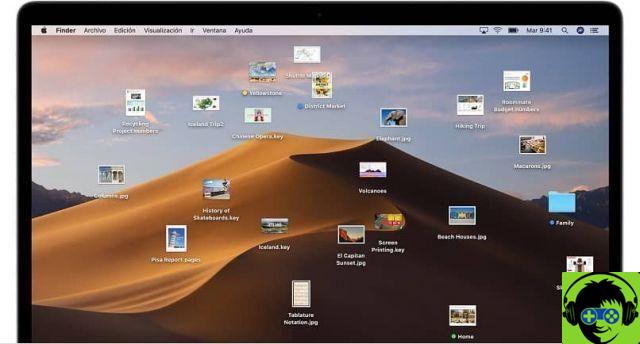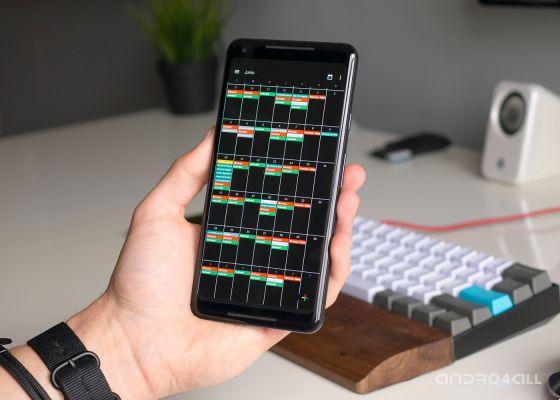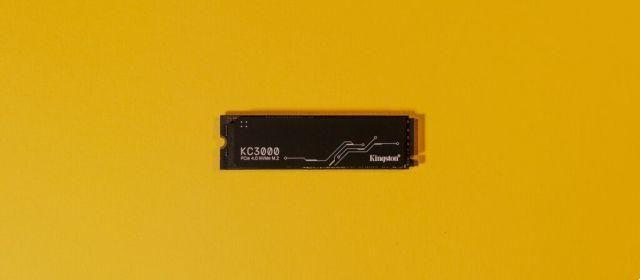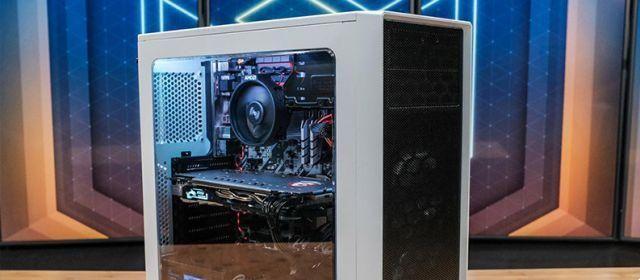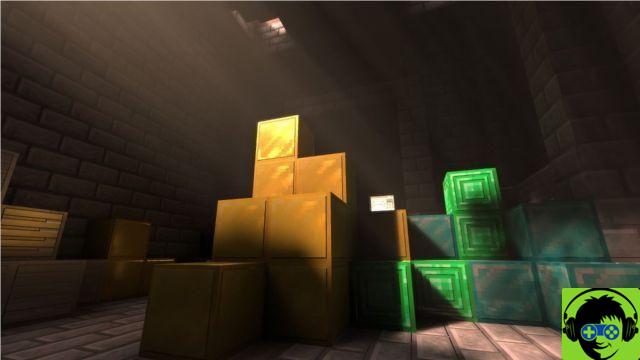
With the release of Nvidia's RTX series, the gaming world was introduced into the concept of ray tracing being part of our daily life. The upcoming consoles from Sony and Microsoft both promise ray tracing solutions, and AMD is also considering bringing its own method of ray tracing to its GPUs. What is ray tracing? And what does this mean to you? This article is designed to be a quick introduction to ray tracing. There is a link to a very technically complex explanation for those who want to know more about the process.
What is ray tracing?
The easiest way to describe ray tracing is a more realistic way of rendering light and shadow in a video game. Traditionally, ray tracing has been used in film and television to produce incredibly realistic lighting in computer-generated scenes. Visual effects in movies, but not in games, are due to differences in rendering. Movie scenes can be rendered over time, using powerful equipment, while games are limited to the material available to the consumer and the need to render everything in real time.
As a result, games used a process called rasterization to display three-dimensional objects on a two-dimensional screen. The process is quick, easier to render than ray tracing, and can be used to give a fairly accurate and often very pretty approximation of the behavior of light and shadow in a scene. For a more detailed explanation of how pixelation works, I would suggest this great article from TechSpot. Be warned, it is very technically dense.
Ray tracing differs in that it seeks to reproduce the true behavior of light in 3D space. At the most basic level, ray tracing is used to follow the light of the




